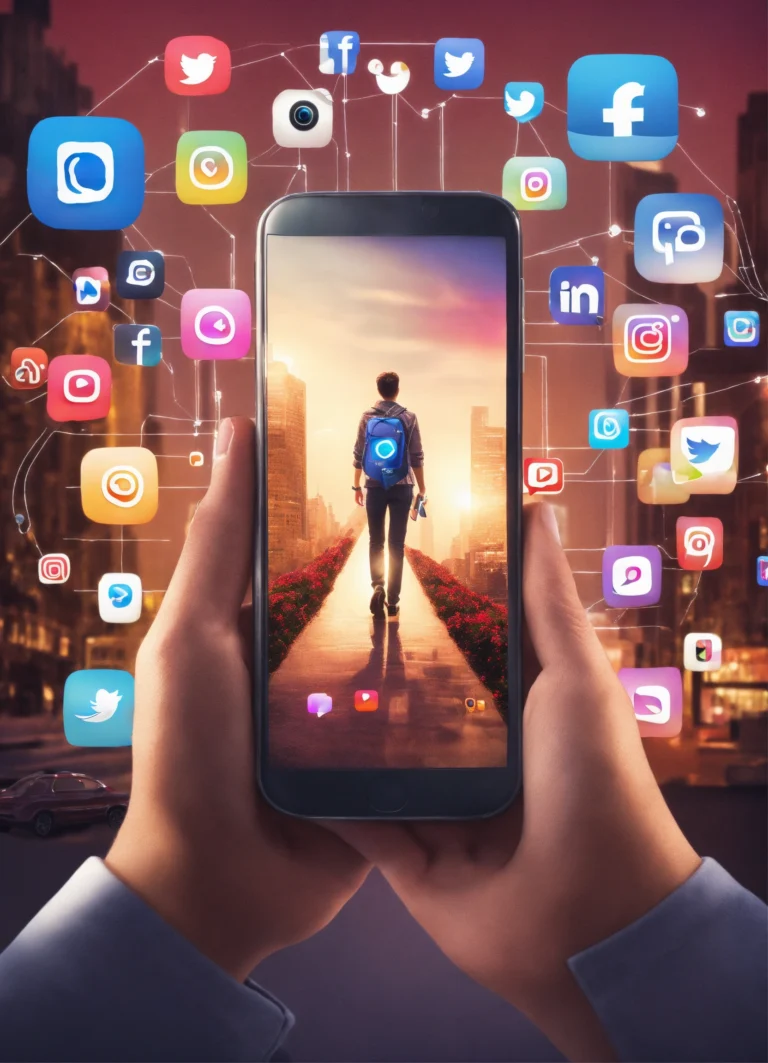Just as you navigate through an endless stream of information, the challenge of fake news looms large, threatening to distort reality and mislead public opinion. However, technology is stepping up as a crucial ally in this battle. From advanced algorithms that detect misinformation to fact-checking tools that empower your critical thinking, modern solutions are being developed to ensure you can access accurate information. In this blog post, you will explore how these innovations are shaping a more trustworthy information landscape and how you can leverage them in your day-to-day life.
Understanding Fake News
Understanding the concept of fake news is crucial for navigating today’s digital landscape. As a reader, you must recognize its various forms and implications to make informed decisions about the information you consume.
Definition and Types
To better grasp what fake news means, it typically refers to misinformation presented as news. It can come in several forms, which include:
- Fabricated Stories
- Manipulated Content
- Imposter Content
- Satire or Parody
- False Connections
Thou should now be aware of the diverse types of fake news that can impact your understanding of reality.
| Type | Description |
| Fabricated Stories | Completely made-up content without factual basis. |
| Manipulated Content | Original content altered to mislead readers. |
| Imposter Content | Fake websites or sources borrowing legitimacy from real ones. |
| Satire or Parody | Humorous takes that may be misunderstood as factual. |
| False Connections | Linking headlines or images to unrelated content. |
Historical Context
The rise of fake news isn’t a new phenomenon; it’s been prevalent throughout history, evolving with technology. You should consider how propaganda has influenced public perception during times of war and political upheaval.
Plus, the digital age has amplified the dissemination of fake news, enabling rapid spread through social media platforms, leaving you more vulnerable to manipulative narratives. The dangerous effects include public misinformation and loss of trust in credible sources. Conversely, if we harness technology effectively, it presents a unique opportunity to counteract misinformation and promote awareness among individuals. You have the power to combat these narratives by becoming a discerning consumer of information.
Role of Technology in Identifying Fake News
Little did we know that technology would play a pivotal role in the war against fake news. By harnessing the power of advanced tools and algorithms, you can now identify and mitigate the risks associated with misinformation more efficiently than ever before.
AI and Machine Learning
For tackling the spread of false information, AI and machine learning algorithms analyze vast amounts of data to differentiate between genuine news and fake stories. These technologies learn from patterns in user behavior and content attributes, providing you with tools to spot deceptive content swiftly.
Fact-Checking Algorithms
On the frontlines of combating misinformation, fact-checking algorithms serve to cross-reference news articles with reliable sources and databases. This ensures that the information you consume is verified and accurate, helping to maintain intellectual integrity.
It is crucial for you to understand that these algorithms utilize various methods, including natural language processing and data mining, to evaluate the credibility of news sources. By assessing factors like publication history and the reliability of contributors, you can be assured that the information is pertinent and factual, reducing the risk of spreading false narratives.
Social Media Monitoring Tools
An effective way to stay informed is using social media monitoring tools. These applications help you track and analyze trends in real-time, allowing you to identify potential outbreaks of fake news as they emerge.
Machine learning powers these tools to monitor conversations and detect suspicious patterns across different social media platforms. By analyzing keywords, shared links, and user interactions, you can gain critical insights into ongoing narratives, empowering you to confront misinformation head-on and make informed decisions about the content you choose to engage with.
Promoting Media Literacy
Despite the rise of technology in combating fake news, a crucial aspect of this battle lies in promoting media literacy among the public. Understanding how to discern reliable information from falsehoods enables you to navigate the digital landscape more effectively and fosters critical thinking skills crucial for today’s information-driven society.
Educational Initiatives
One significant way to enhance media literacy is through educational initiatives aimed at various audiences, including schools, universities, and community organizations. Programs designed to teach you how to analyze sources critically, verify information, and identify biases are crucial in empowering you to make informed decisions about the news you consume.
Online Resources and Tools
Resources abound in the form of online tools and platforms designed to equip you with the skills necessary to combat misinformation effectively. These tools provide practical guidance on fact-checking and media consumption.
For instance, websites like FactCheck.org and Snopes.com allow you to quickly verify the accuracy of various claims circulating on the internet. Additionally, browser extensions such as News Guard offer real-time ratings of news sources, helping you discern reputable outlets from those that spread misinformation. Accessing these online resources not only enhances your ability to identify false information but also strengthens your overall media literacy, ensuring that you can engage thoughtfully with the news that shapes your world.
Challenges and Limitations
Keep in mind that while technology is making strides in combating fake news, there are persistent challenges that need to be addressed.
Evolving Tactics of Misinformation
Challenges arise as the tactics of misinformation continuously evolve. As you become more aware of fact-checkers and AI tools, purveyors of fake news adapt by using sophisticated techniques like deepfakes and social media bots, making it harder for you to discern what is authentic.
Ethical Considerations in Technology
Technology plays a crucial role in addressing fake news; however, it also poses ethical dilemmas that cannot be overlooked. The effectiveness of your tools might inadvertently lead to censorship or bias, raising questions about the responsibility of tech companies and the definition of free speech.
It is crucial for you to critically evaluate how technology is applied in combating fake news, as these ethical considerations can determine the fine line between protecting the truth and infringing upon individual liberties. As you navigate this landscape, note that the impact of algorithms and AI in curating information can also contribute to echo chambers, ultimately influencing your perception of reality. Engaging with these concerns not only enriches your understanding but also empowers you to demand accountability from tech providers.
Summing up
Conclusively, technology plays a vital role in combating fake news by empowering you with tools and resources to verify information. Advanced algorithms, fact-checking websites, and browser extensions enable you to discern credible sources from misinformation, fostering a more informed society. Social media platforms are also adapting by implementing stricter policies and providing users with reliable content warnings. By leveraging these technological advancements, you can actively contribute to the fight against fake news, ensuring that your information-sharing remains accurate and trustworthy.





